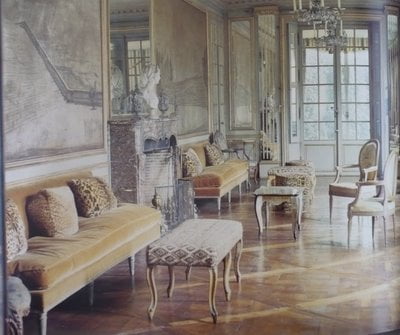Frank Lloyd Wright's designs were not good fits toward the concept of modernism of "International Style". Using a lot of concrete with sharp ornamentation was a common factor of his design along with repetition of patterns. The Hollyhock House and La Miniatura house both had the use of concrete inside and outside the home. La Miniatura was the most successful of his houses during this time period.
Falling Water is one of the most popular houses Frank Lloyd Wright designed.
Rudolph Schindler had a very collaborative relationship with Wright, but unfortunately ended in a bitter conflict. One of his designs is the Schindler house in Newport Beach, California. Each of his home showed different ways to keep the same style of modernism. Similar to Wright, he used the use of concrete in most of his projects. Schindler and Richard Neurta were friends and lived with each other and their families in the Schindler house. Neurta studied in Vienna with Adolf Loos and Otto Wagner, previous modernists of Europe. Some of his most prominent work included the Kaufmann house, and the Lovell.
| Kauffman House |
Applications from this time period include :
Examples of current applications include:
Schindler's House in a video!
I reviewed Megan S' blog and she talked about Irving Gill and Frank Lloyed Wright who were popular architects. Also great pictures of buildings designed by Gill and Wright. Richard Neurta was also mentioned and she showed great pictures of buildings he designed as well.
Nichole's blog had a great background of this time period and where it came from. She also showed off Frank Lloyd Wright's work and his design philosophy. Comparing Perkins and Will to modernism was a great way to show current application.


